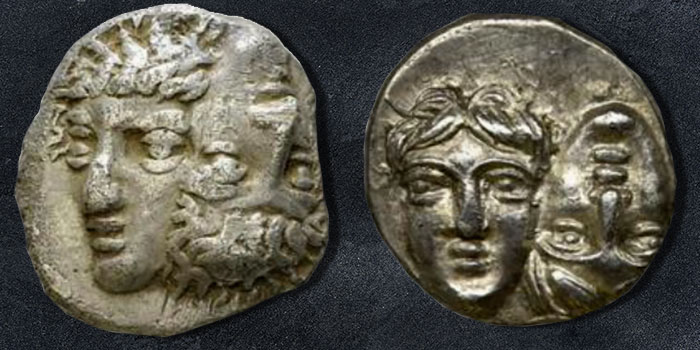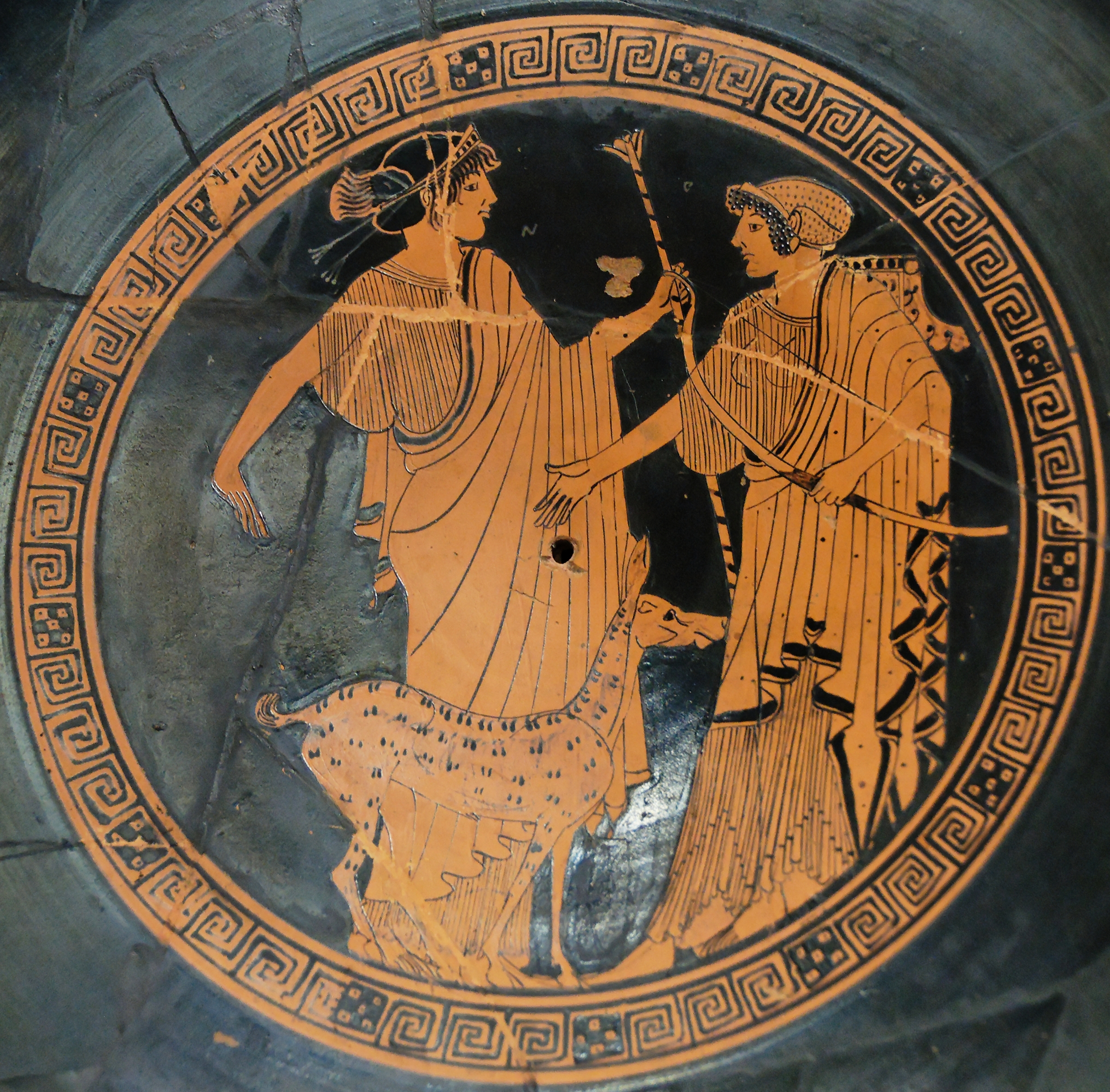I get a lot of questions from readers, and most of the time, the answers are fairly short. When I feel the question or the reply would be valuable to others as well, I make a post with a collection of them and post them in one go. Today is one of those posts.
"Do you know anyone with UPG into the personality of the river god Achelous or even who works with Greek river gods in general? Also, a popular source on Achelous says his worship was once widespread. I can't anymore detail on this though. I also can't find the source which speaks of the numerous wives and descents of this god. "
I don't think I do, but here is a shout-out to anyone reading this who does! Please get in contact with me so I can link you two...? Thanks! As for His children, Apollonius Rhodius, in the '
Argonautica', ascribes the sirens to Him as offspring:
"And soon they saw a fair island, Anthemoessa, where the clear- voiced Sirens, daughters of Achelous, used to beguile with their sweet songs whoever cast anchor there, and then destroy him. Them lovely Terpsichore, one of the Muses, bare, united with Achelous; and once they tended Demeter's noble daughter [Persephone]still unwed, and sang to her in chorus; and at that time they were fashioned in part like birds and in part like maidens to behold. And ever on the watch from their place of prospect with its fair haven, often from many had they taken away their sweet return, consuming them with wasting desire; and suddenly to the heroes, too, they sent forth from their lips a lily-like voice." [4.885]
Naiad nymphs of springs along the Gulf coast, such as Kastalia at Delphoi, and Peirene in Korinthos, were described as his daughters, as described by Pausanias in his '
Description of Greece':
"You reach, on the right of the way [to the sanctuary of Delphoi, Phokis] the water of Kastalia, which is sweet to drink and pleasant to bathe in . . . Panyassis [epic poet C5th B.C.] who composed an epic poem on Herakles, says that Kastalia was a daughter of Akheloios. For about Herakles he says:--`Crossing with swift feet snowy Parnassos he reached the immortal water of Kastalia, daughter of Akheloios.'" [10.8.9.]
As the largest of the rivers of southern Hellas Achelous was worshipped in many of the countries bordering the Gulf as the God of fresh-water springs. His largest cults were in Athens, Oropos, and Thespia:
Plato, in '
Phaedrus':
"Here, a fair resting-place, full of summer sounds and scents. Here is this lofty and spreading plane-tree [on the banks of the Ilissos river in Attica], and the agnus cast us high and clustering, in the fullest blossom and the greatest fragrance; and the stream which flows beneath the plane-tree is deliciously cold to the feet. Judging from the ornaments and images, this must be a spot sacred to Akheloios and the Nymphai. How delightful is the breeze:--so very sweet; and there is a sound in the air shrill and summerlike which makes answer to the chorus of the cicadae. But the greatest charm of all is the grass, like a pillow gently sloping to the head."
Pausanias, in his '
Description of Greece':
"[In the sanctuary of Amphiaraus in Oropos, Attika :] The altar shows parts . . . the third is to Hestia and Hermes and [the hero] Amphiaraus and the children of Amphilokhos . . . The fifth is dedicated to the Nymphai and Pan, and to the rivers Akheloos and Kephisos." [1.34.3.]
Philostratus the Elder, in '
Imagines':
"A youth [Narkissos] just returned from the hunt stands over a pool . . . The cave is sacred to Akheloos and the Nymphai, and the scene is painted realistically. For the statues are of a crude art and made from a local stone; some of them are worn away by time, others have been mutilated by children of cowherds or shepherds while still young and unaware of the presence of the god [i.e. Dionysos]." [1.23]
I would also like to point you to
this page on Theoi.com about the cult of the Potamoi, the river Gods.
"I read your blog and found a blog post containing a video and information about ancient hellenic clothing. I would like to make a new himation as I am unhappy with my short one I made. I would like to wrap it around my body and, if I like to, even be able to cover my head with a piece of it, so I want to ask how large and how broad the piece of cloth should be to do this."
Let me give you the base measurements of all clothing items: the cloth for the chiton has to be your own height. For a peplos, the cloth has to be your height plus at least 18" (this will be the part you fold over). Both clothing items need to be twice your 'wingspan' in width. The himation was a rectangle of various sizes--in essence, if it's long or short enough for you to do with what you want, it is correct. For me, I try to choose a piece of cloth that reaches below my ass once I have pulled it up over my head. Again, this depends on your height.
"Have you heard about the great Hellenic mystic, Neopythagorean and possibly the prototype of Jesus Christ, Apollonius of Tyana?"
As far as I am aware, Neo-Pythagoreanism was a school of Hellenistic philosophy which revived Pythagorean doctrines. Ancient Hellenic philosophy is not my strongest knowledge base, but if I remember well, it focussed on spiritual purity and 'mind over matter'-type of behaviour in order to reach it. Religiously, I think its biggest influence/difference with mainstream thought was that prayer was more important than outward actions like sacrifice in worshipping the Theoi.
Apollonius of Tyana was a Roman philosopher and a Neo-Pythagorean. As he lived at the time of Christ and his teachings were partly similar, the two were compared by (Christian) writers from about the 4th century AD on. Both figures fit the
mythic hero archetype, after all, and that archetype, specifically, is found in much of (Hellenic) mythology. Other examples include Theseus, Perseus, and Zeus himself. Outside of Hellenic mythology, Robin Hood comes to mind.
So yet, I have heard of both, but both are just a little outside of my usual time period of interest :)
"Could people like Hypatia (a wondorous Alexandrian female philosopher, mathematician and astronomer) or emperor Julian be considered the defenders of our faith or even martyrs, as some, like Hypatia, died in the name of ancient wisdom, culture and the gods from the hands of the Christians?"
I have trouble answering this question, and I will tell you why. Hypatia was definitely murdered by Christians, but she was murdered for her social associations, not for trying to re-institute Hellenic worship or life. In a feud between Orestes, the prefect of Alexandria and Cyril, the Bishop of Alexandria over the regulation of Jewish dancing exhibitions in Alexandria, she was blamed for influencing Orestes not to reconcile with Cyril after one of 500 monks who resided in the mountains of Nitria, and who sided with Cyril, struck Orestes in the head with a rock. Whether she had was besides the point. The backlash was on the Christians, as the actions by the Christian mob that killed her was widely criticized.
Emperor Julian did try to reconcile Christianity and Paganism. It's important to realize though that in the Roman empire during his two years of ruling (361-363 AD), there was no consensus about a state religion. Followers of many religious traditions lived together, creating a religious melting pot. Julian was a follower of the ancient ways and he tried to push for a broader adoption of those. During his lifetime, neither pagan nor Christian ideology won out, and the merits of all were greatly debated. What Julian did accomplish--and that was a major shift--was that he made Paganism a religion, where previously it had been a collection of traditions. As such, it could be 'pitted' against Christianity. Emperor Julian was committed to fostering religions other than Christianity, and that included Judaism. Because of this, the Jews came to call him 'Julian the Hellene', as in that time the term 'Hellene' was given the meaning of 'pagan' by the early Christian church. Julian died during the war with the Persians in an effort to further the rule of the Roman empire.
Yes, these people were heavily influenced by either Hellenic thought or Hellenic tradition (logical for the time they lived in). They were also some of the later people we know of who did so. That said there are probably many people we haven't heard of who believed the same. These people were not people who spent 24 hours a day, seven days a week promoting Hellenic thought. They promoted Hellenic thought, but it was just the way they lived their lives. I think anyone can be a personal hero, or even one of a tradition, if their actions are inspiring to people who hear their story or live it up close. As such, yes, I think Hypatia and Julian can be heroes. Are they martyrs...? Per definition, a martyr is somebody who suffers persecution and/or death for advocating, renouncing, refusing to renounce, and/or refusing to advocate a belief or cause of either a religious or secular nature. Neither qualifies per definition, but if you want to view them as symbols of exceptional leadership and heroism, then you are free to do so. They did live with the principle teachings of ancient Hellenic thought and religion, so in that way, they can definitely be seen as inspirational. All I would ask is to not forget about all the regular people no one wrote about but who lived their life in the same way.
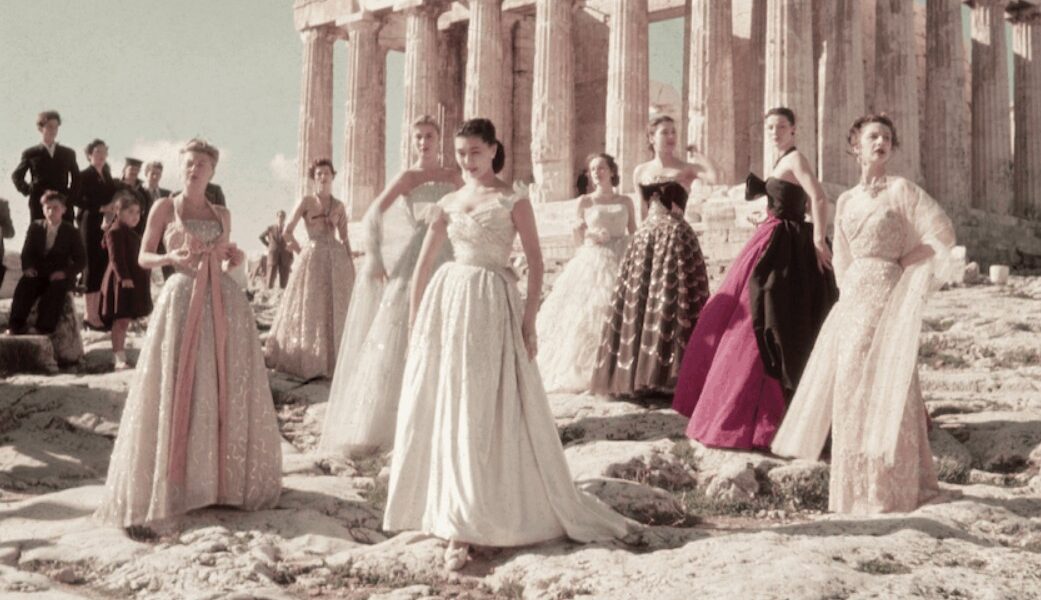
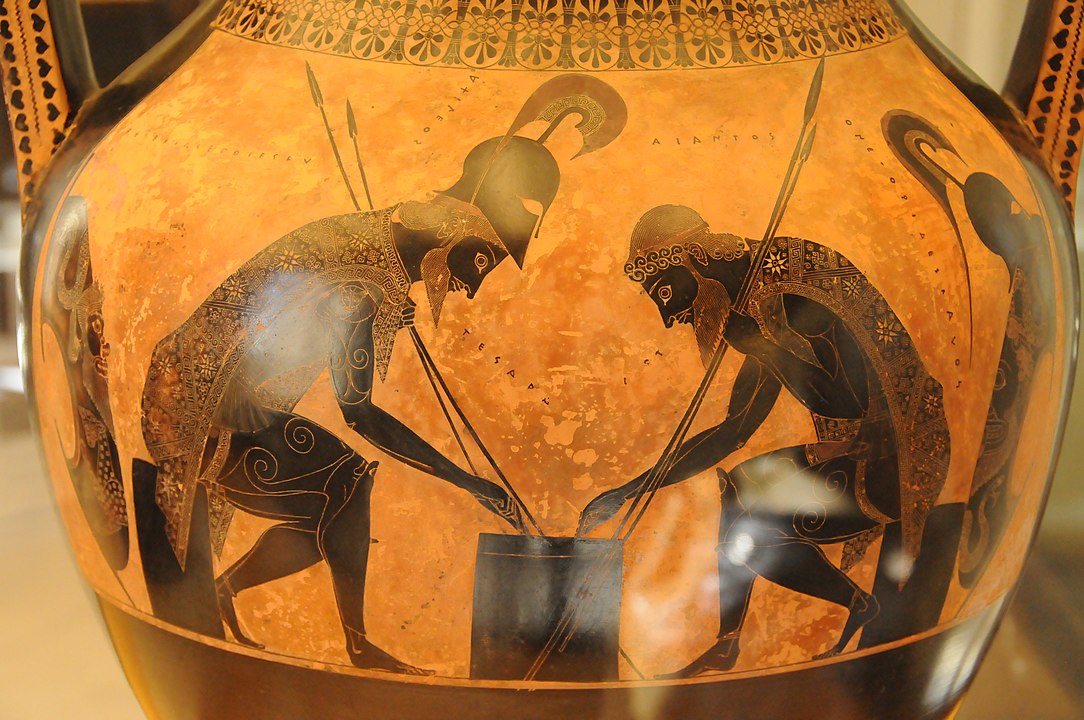

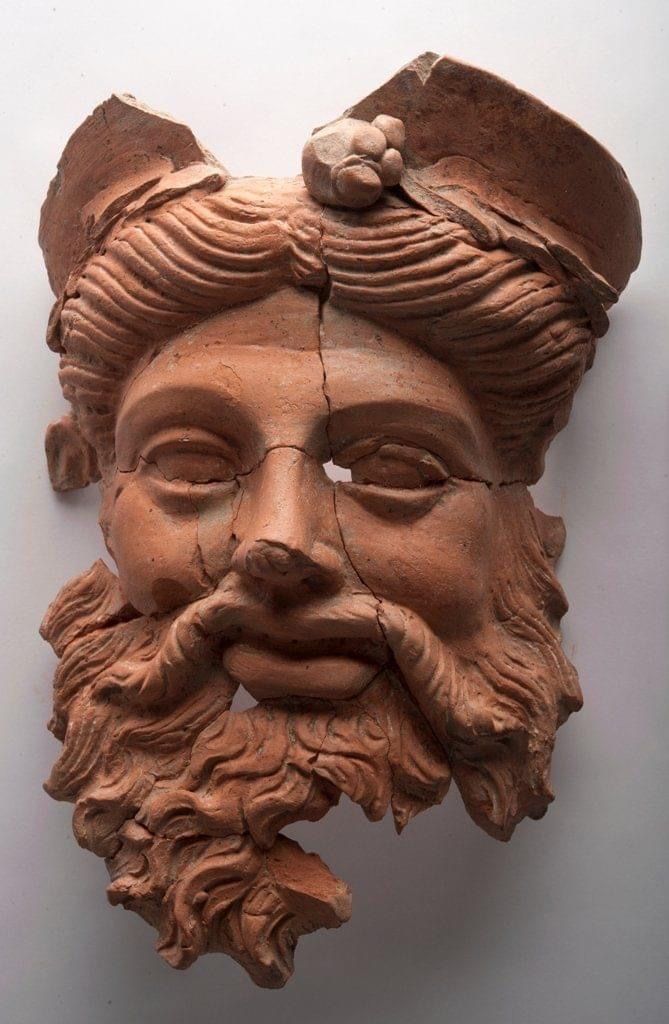
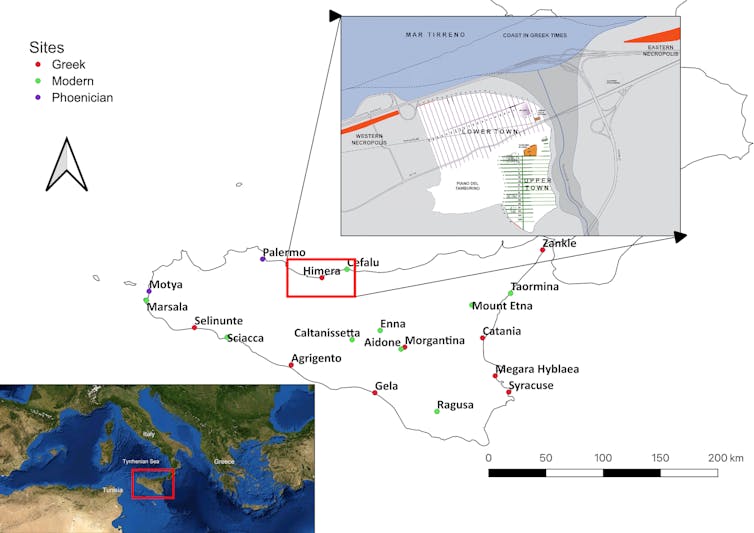
.jpg)
